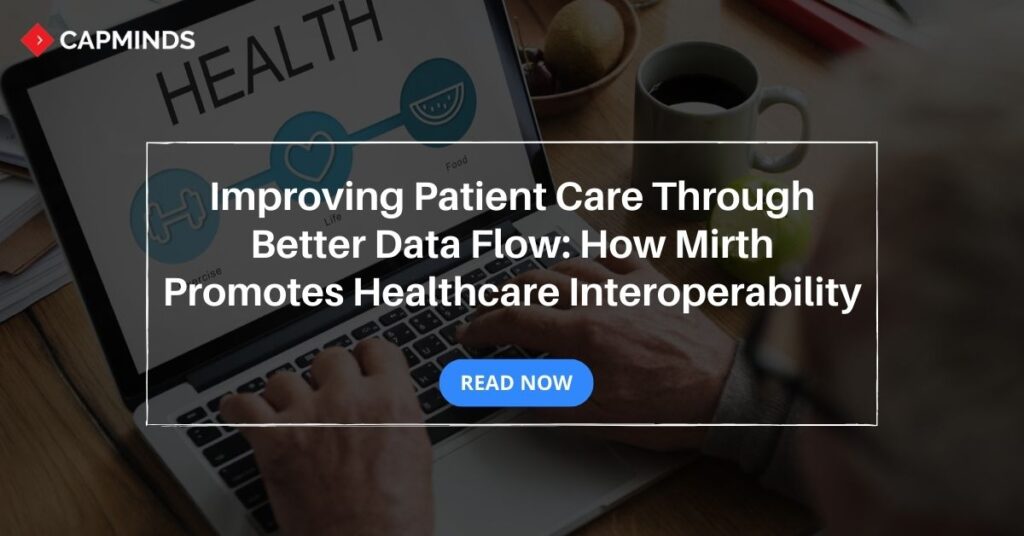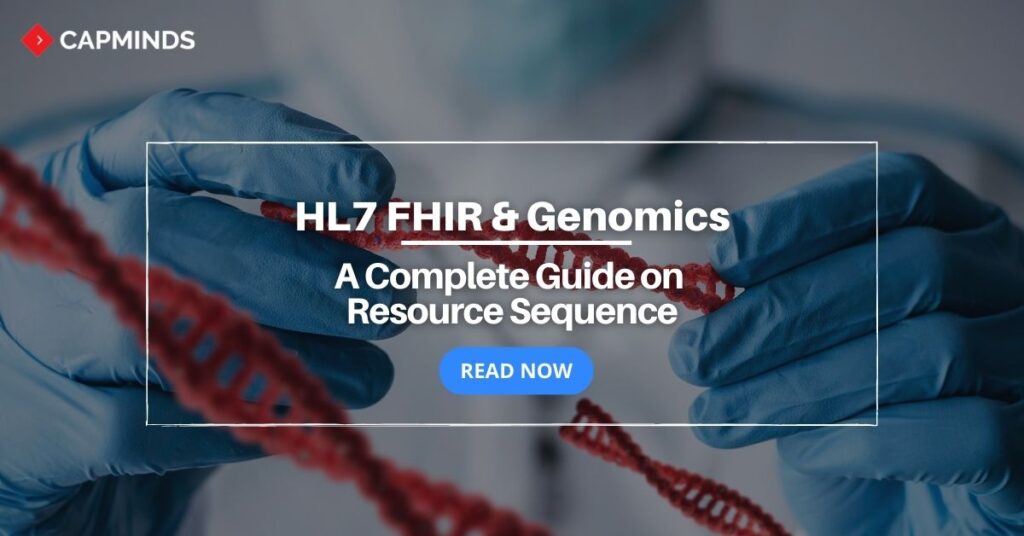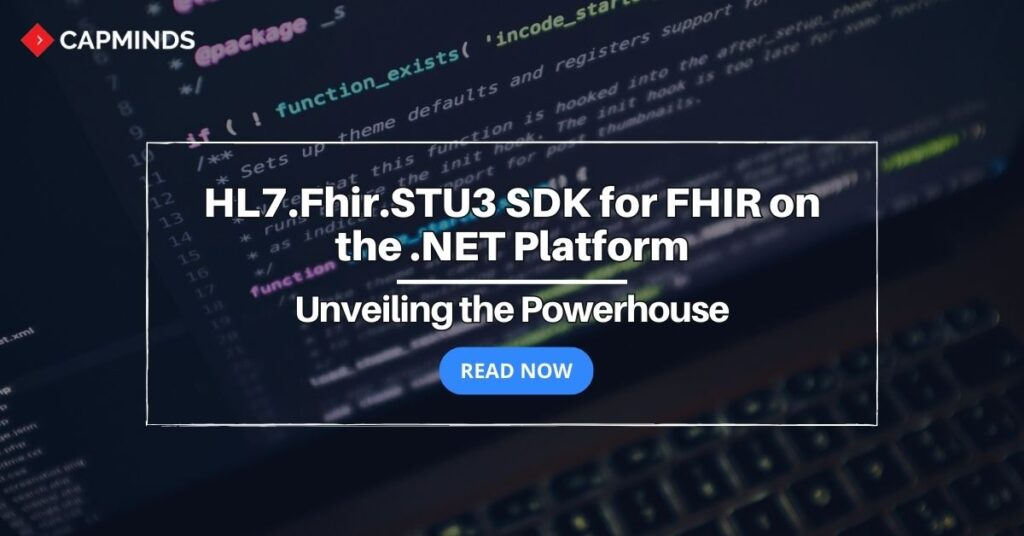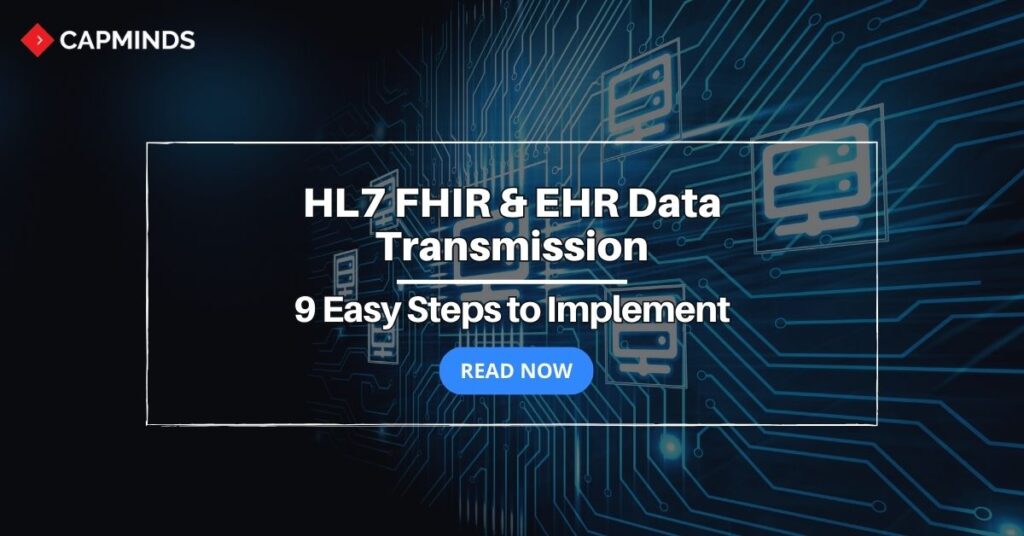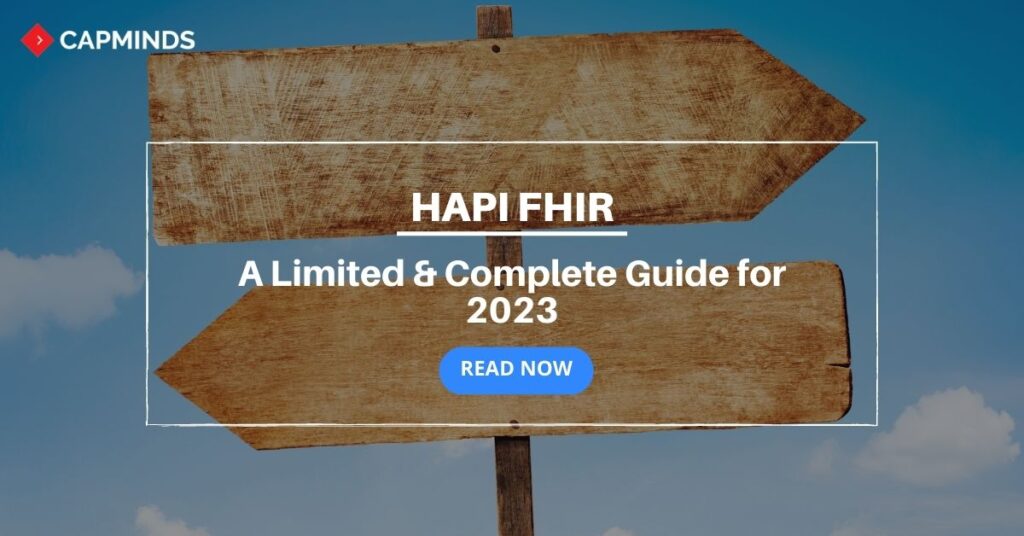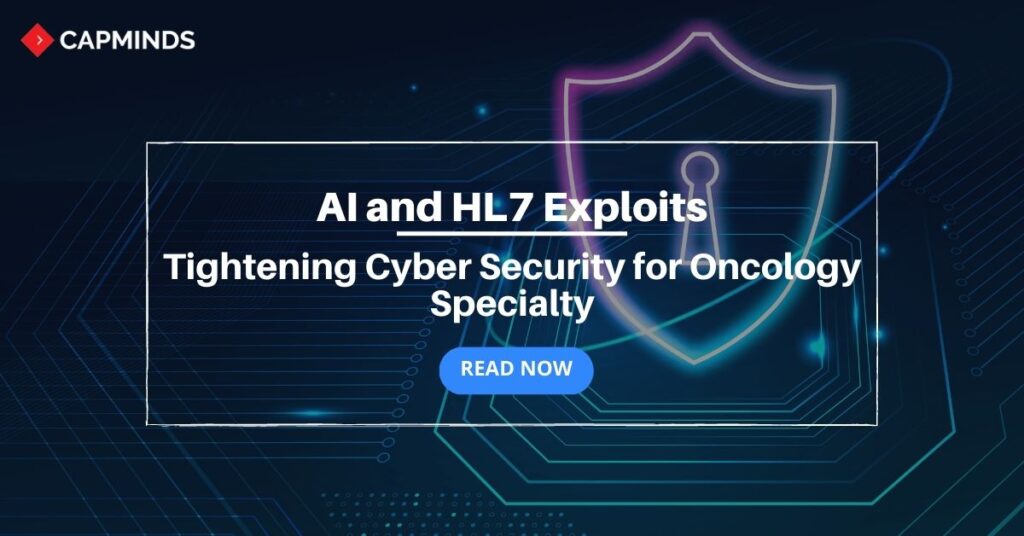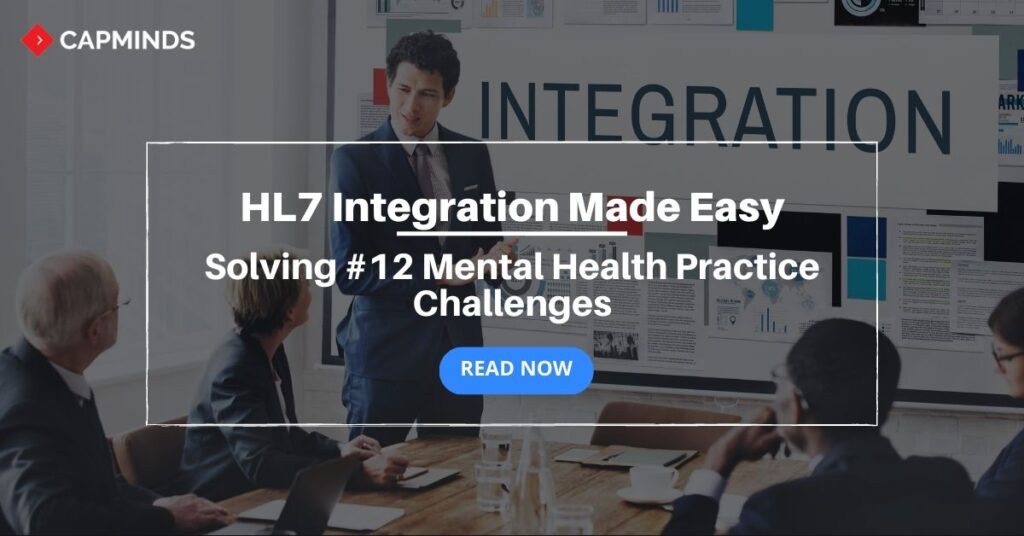With the ever-evolving technological advancement in the healthcare industry, health data exchange and integration between healthcare systems have become an integral part. Mirth Connect interface engine ensures […]
Currently browsing: Interoperability
How Mirth Connect Multi-Threading Empowers Healthcare’s Data Demands
The healthcare industry generated over $4 trillion in spending in 2021, yet data operations remain slow and disjointed across many healthcare systems.
How Healthcare APIs Solve Legacy System Connection Challenges
The healthcare industry relies heavily on legacy systems and outdated technology that often don’t connect or integrate well. It’s not uncommon for a single hospital to have […]
Selecting the Right FHIR Server: A Comprehensive Guide
In the ever-evolving landscape of healthcare technology, Fast Healthcare Interoperability Resources (FHIR) has emerged as a game-changer.
HL7 FHIR & Genomics: A Complete Guide on Resource Sequence
In the ever-evolving landscape of healthcare, two powerful forces have converged to redefine the future of precision medicine: HL7 FHIR (Fast Healthcare Interoperability Resources) and genomics.
Unveiling the Powerhouse: HL7.Fhir.STU3 SDK for FHIR on the .NET Platform
In the dynamic world of healthcare technology, where data flows like the lifeblood of patient care, there emerges a silent hero: the HL7.Fhir.STU3 SDK.
HL7 FHIR & EHR Data Transmission: 9 Easy Steps to Implement
In the rapidly evolving landscape of healthcare technology, interoperability, and data exchange have become paramount for delivering the best possible care to patients.
HAPI FHIR: A Limited & Complete Guide for 2023
In the rapidly evolving world of healthcare technology, interoperability has become a key focus area.
AI and HL7 Exploits: Tightening Cyber Security for Oncology Specialty
In today’s digitized healthcare landscape, the use of artificial intelligence (AI) and Health Level Seven (HL7) protocols has revolutionized the field of oncology.
Solving Mental Health Practice Challenges: HL7 Integration Made Easy
Integrating HL7 (Health Level Seven) standards into mental health practice can significantly enhance information exchange, care coordination, and overall efficiency. RELATED: Top 15 HL7 Integration Challenges & […]
Recent Posts
- The Role of Preventive Care and Remote Monitoring in Diabetes Management
- RPM in Healthcare and How it Ensures Quality Care to Patients
- 3 Ways to Customize AdvancedMD Medical Billing Software for Your Practice’s Unique Needs
- How to Integrate Google Calendar with OpenEMR (Step-by-Step Guide)
- A Guide to EMR API Integration (Step-By-Step Process)
